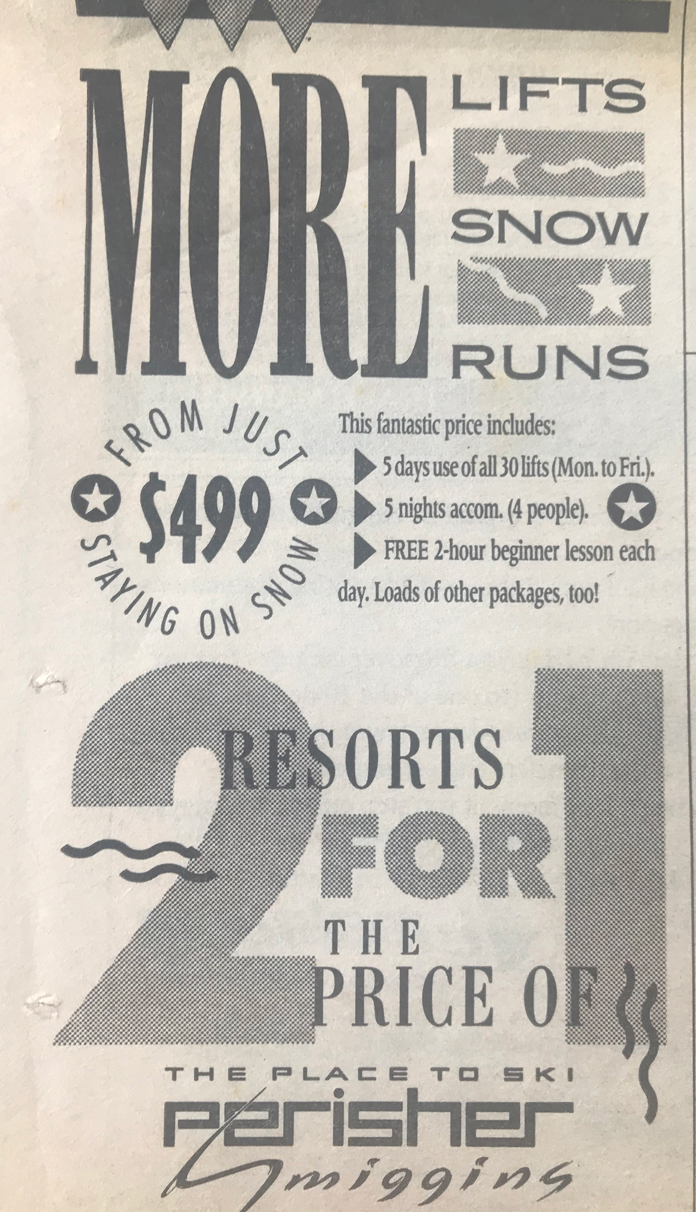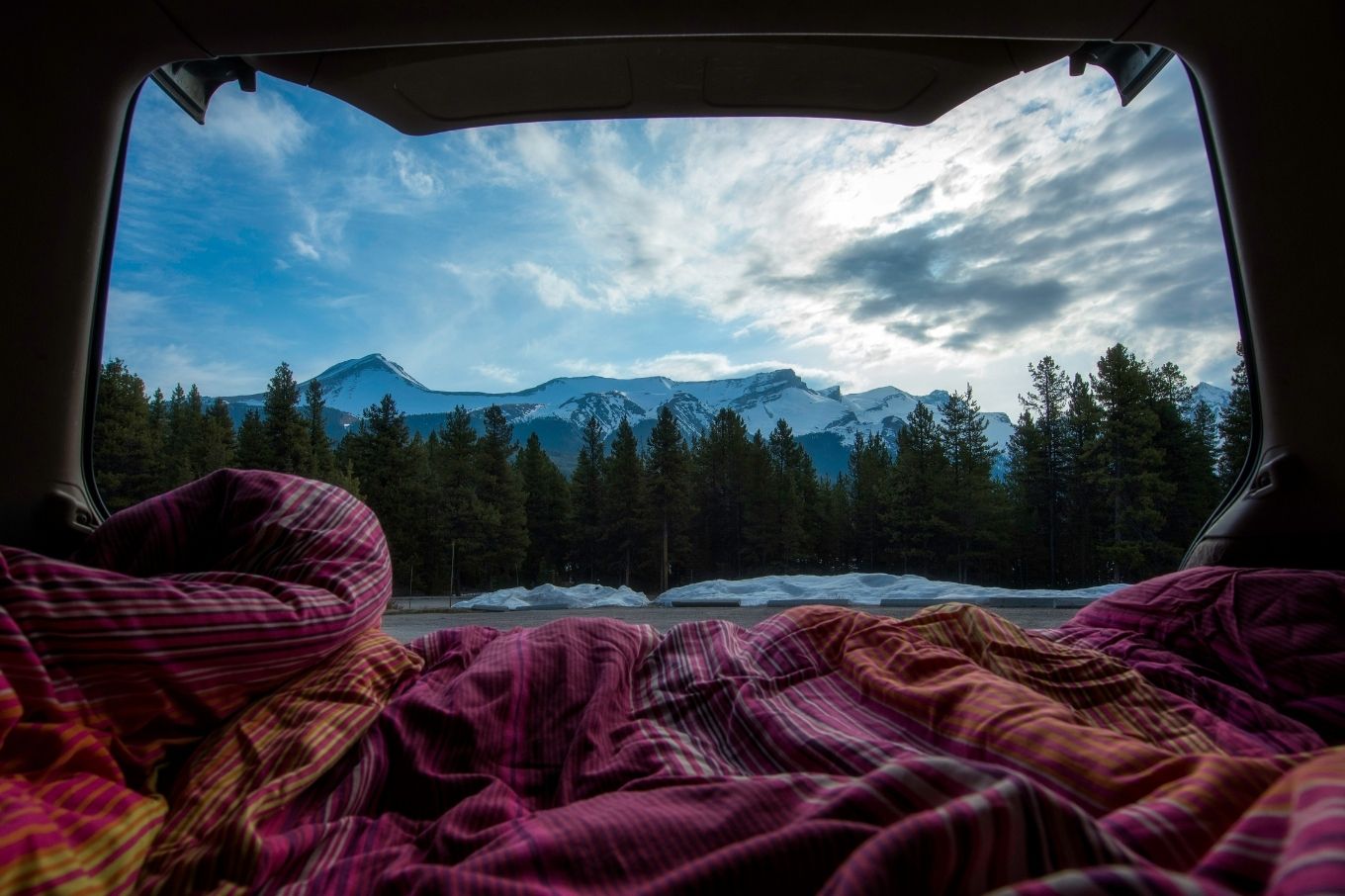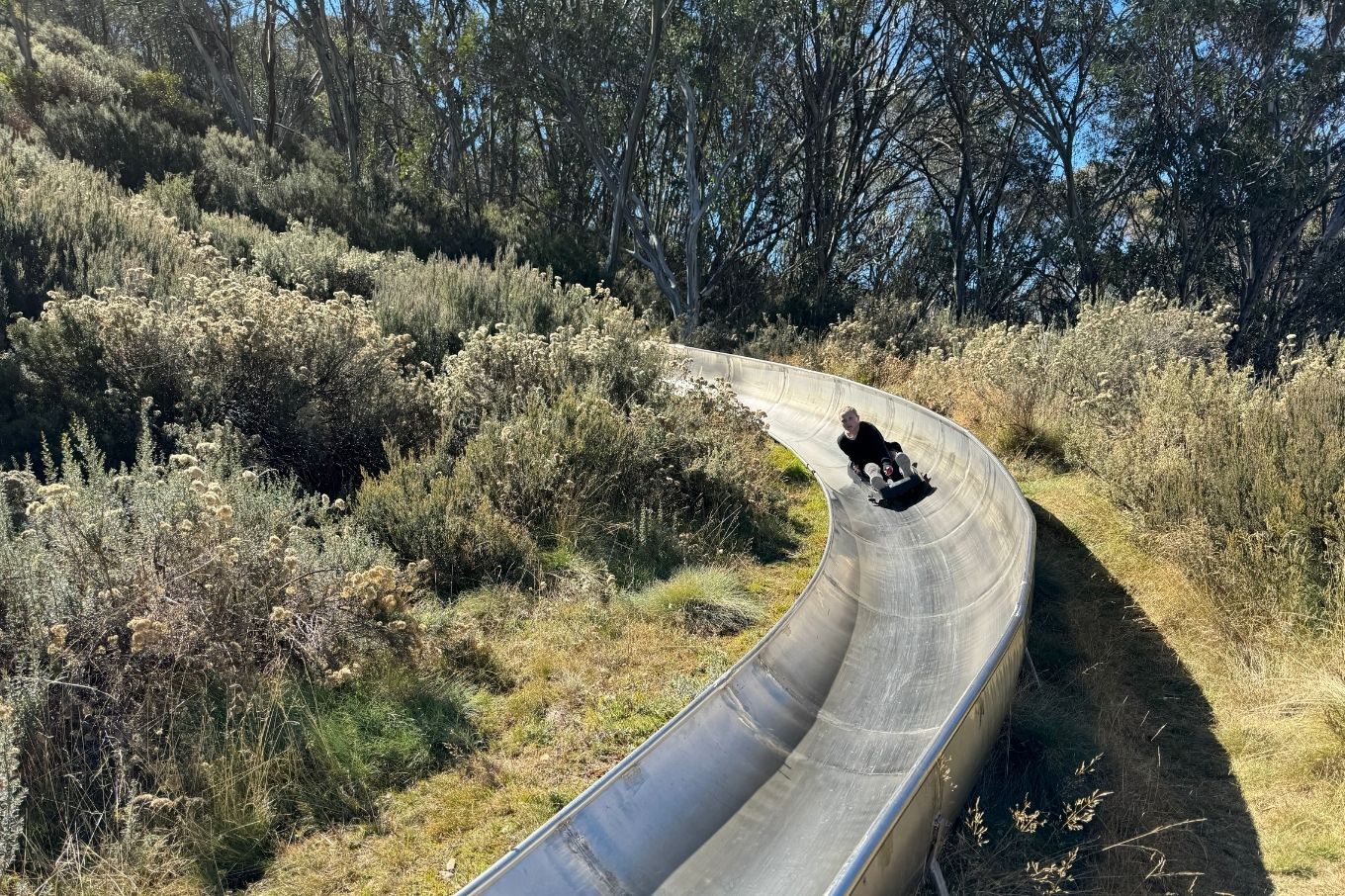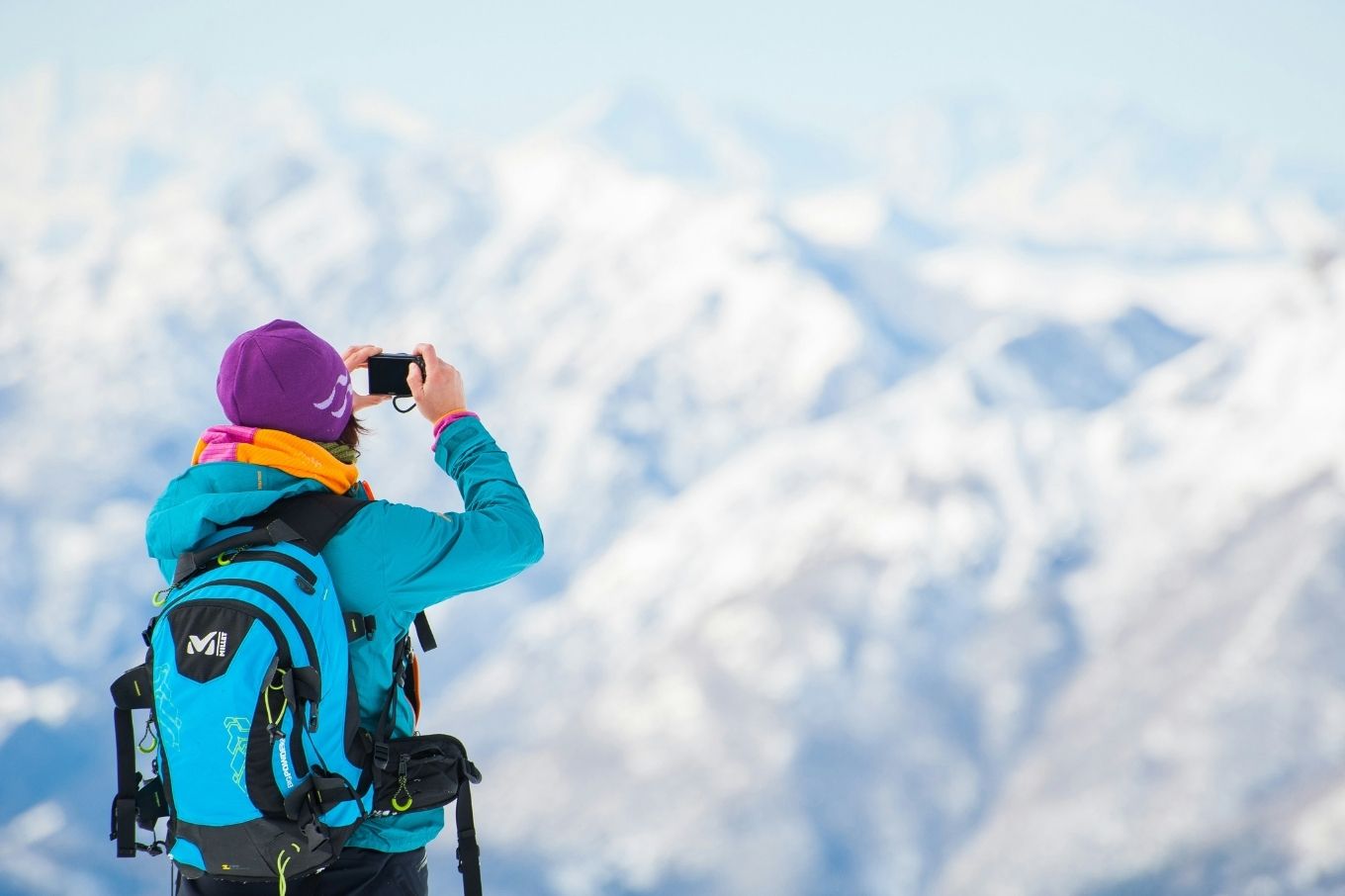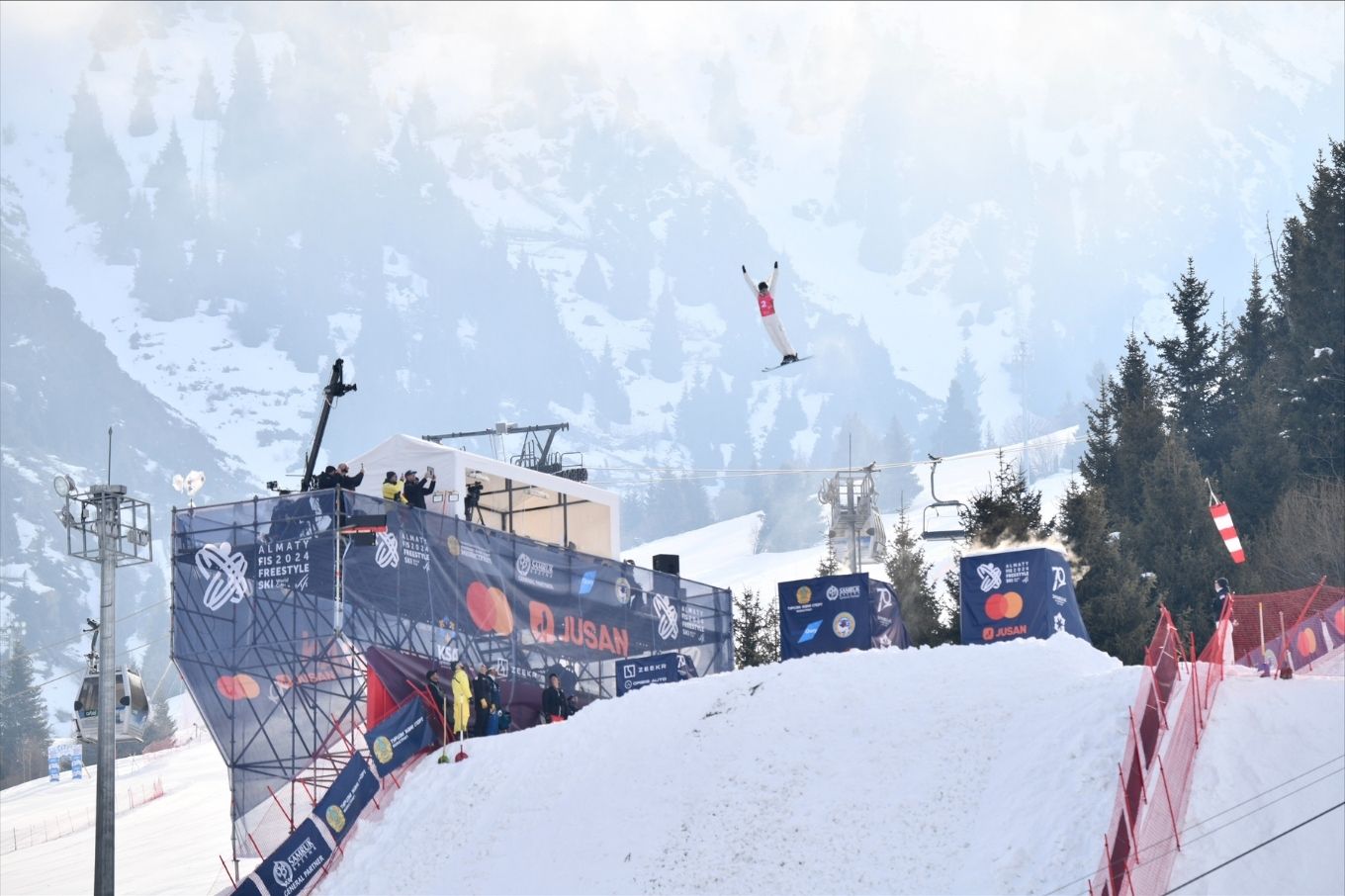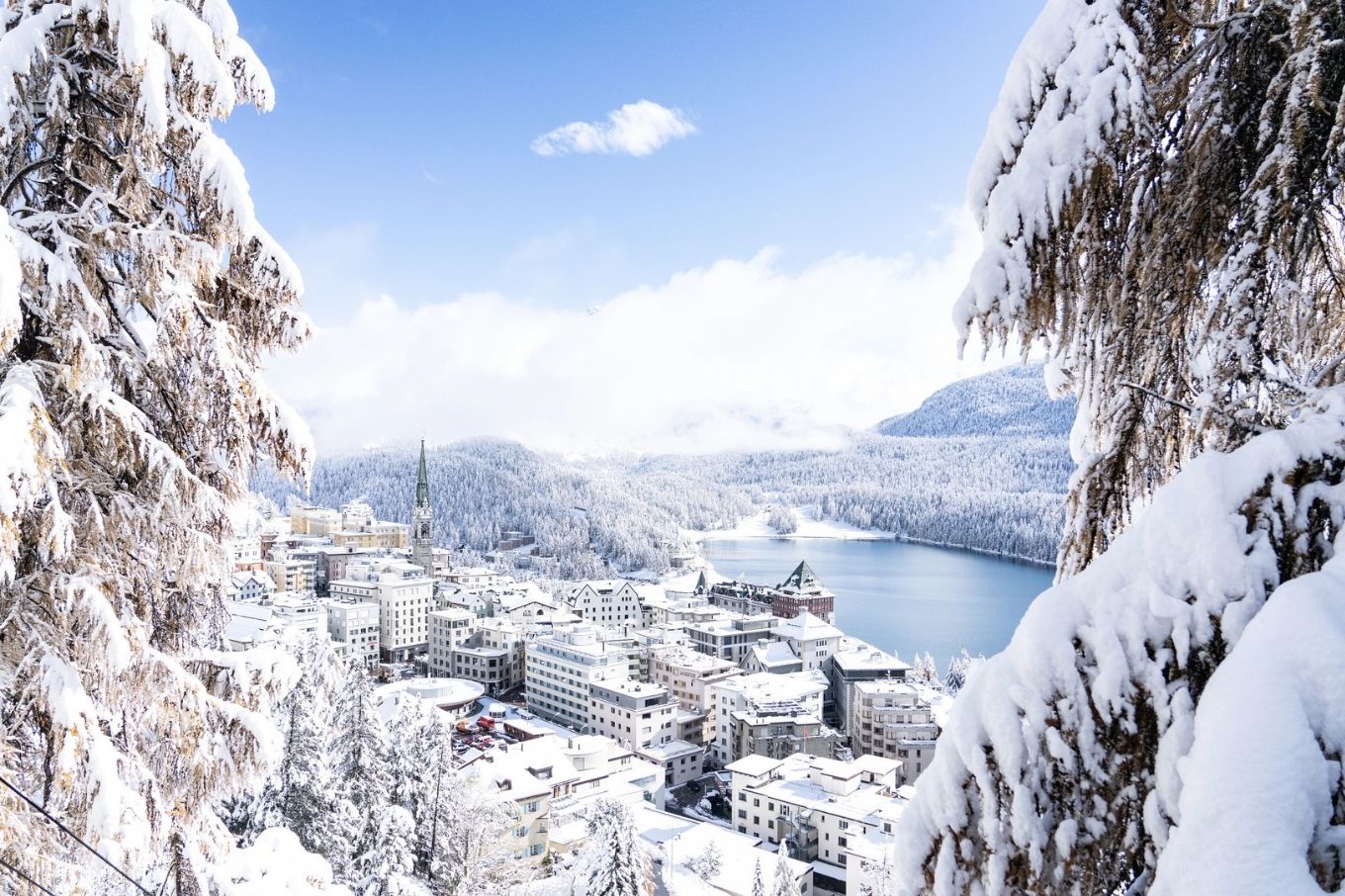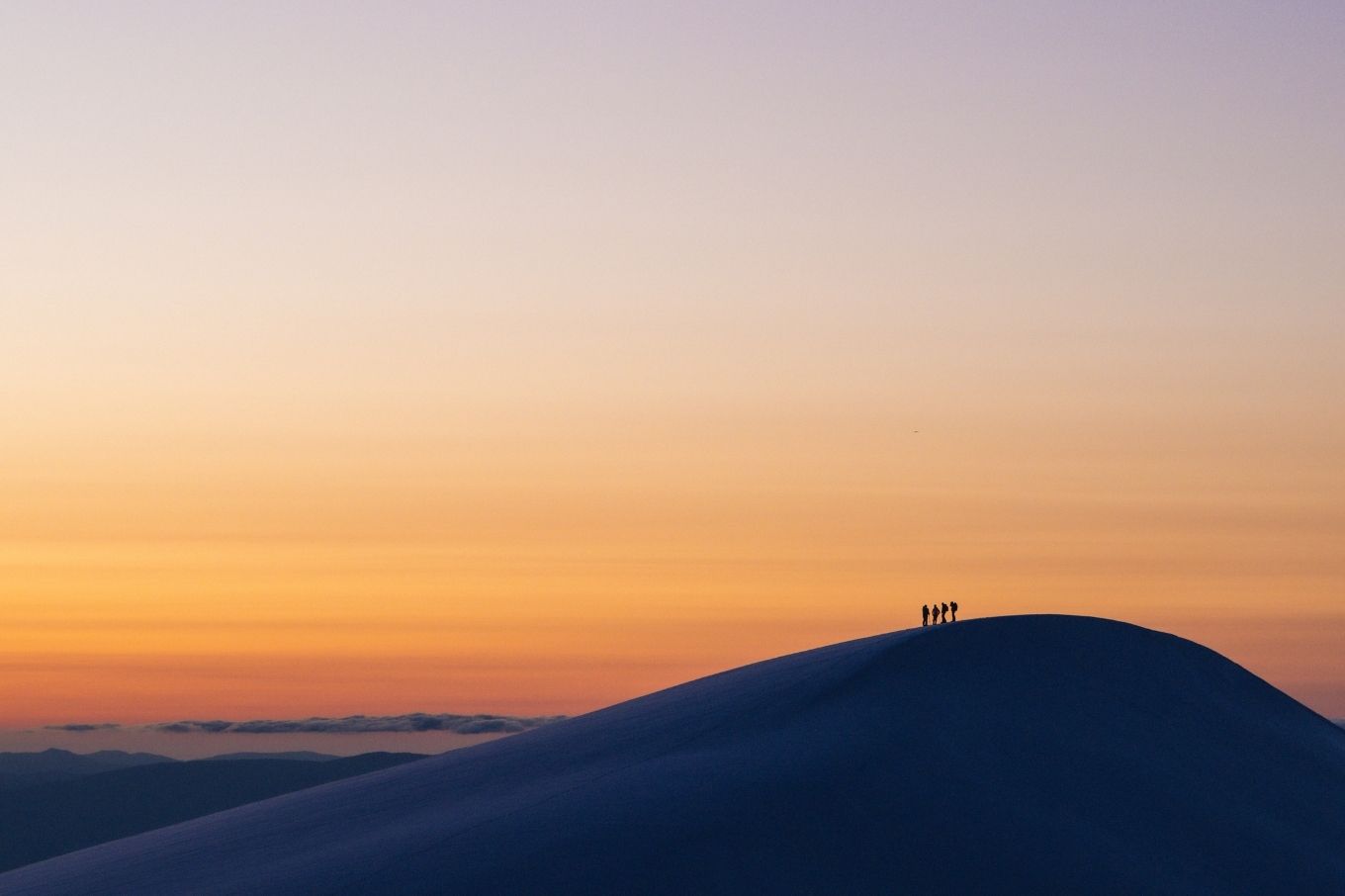Borrowing from Cher, if I could turn back time I wouldn’t mind accessing the lift rates from 30 years ago: these are from my Sunday Telegraph ski column in the middle of the LWE season opener back in 1991.
Those prices do look sooooo good. If they make you cry a little, wait till you hit the price comparisons for houses as we analyse relative rates/values below.
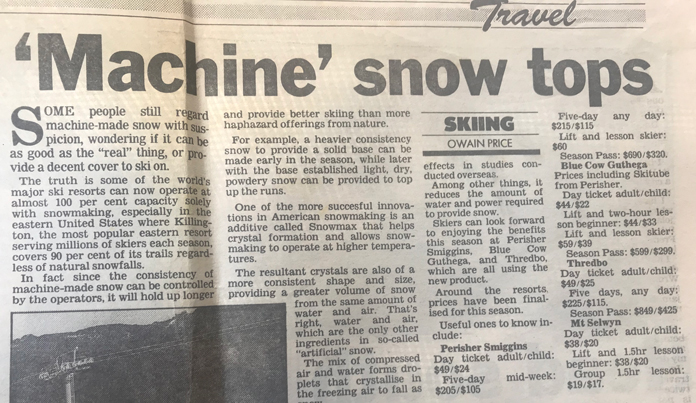
How about $49 for a day pass at Perisher Smiggins (aka then ‘The Place to Ski’) or Thredbo?
Or just $44 at Blue Cow Guthega, including Skitube access from Perisher carpark. There was a tad more competition when NSW still had 3 large ski areas.
For those on a budget, Mt Selwyn was $38.
Five day any day passes at $215 in Perisher or $225 at Thredbo reduced things a fraction over the day pass rates.
In simple dollar terms, you can basically double all those rates to get the 2021 equivalent of 1991 dollar values, as inflation has totalled 98.65% according to inflationtool.com –
“The inflation rate in Australia between 1991 and today has been 98.65%, which translates into a total increase of $98.65. This means that 100 dolars in 1991 are equivalent to 198.65 dolars in 2021. In other words, the purchasing power of $100 in 1991 equals $198.65 today. The average annual inflation rate has been 2.24%”
So across the board on a simple cost vs inflation day and 5 day pass price rises have been 70 – 95% above the overall rate of inflation.
Conversely, the opposite is true for season passes – even Thredbo’s much criticised $1649 rate for 2021 is a bit cheaper than an inflation adjusted figure for their 1991 $849 rate, which translates to $1680 in current values.
At Perisher the difference is dramatic. A season pass was $690, so adjusted for inflation $1370 would be the equivalent today.
Until June 15 you can still pick up an Epic Australia Pass for $1049, and could have got one for as low as $879 back in October. Which puts the season pass cost much cheaper than 30 years ago.
Perhaps a better way to calculate season pass value is the number of days you need to ski to save money with a season pass. In 1991 that was 15 days at Perisher, 18 at Thredbo. Versus as little as 5 and 10 respectively today.
What did you get for your money then and now?
The 1991 article is mostly about the then new innovations of snowmaking, especially snowmax, which was promised to be the bees knees. Hey, Perisher had managed to cover a quarter of Front Valley in one night I reported enthusiastically.
Popular Jindabyne priest Wally Stefanski did the traditional blessing of the snow at Friday Flat made skiable by the use of snow whales .. Again, breathlessly reported for the millions of Sunday Tele readers.
These days no one gives snowmaking a thought, but has been massively expanded and the experience massively improved as a result. From ‘snow factories’ that churn out a slurpee mix base at well above zero temperatures to computerised networks of guns optimised for prevailing conditions it’s night and day. And it doesn’t come cheap to install or run.
Thredbo fans will most notice the difference this year after last year’s main pipe fail slashed their normal capacity. It’s all back and cranking now.
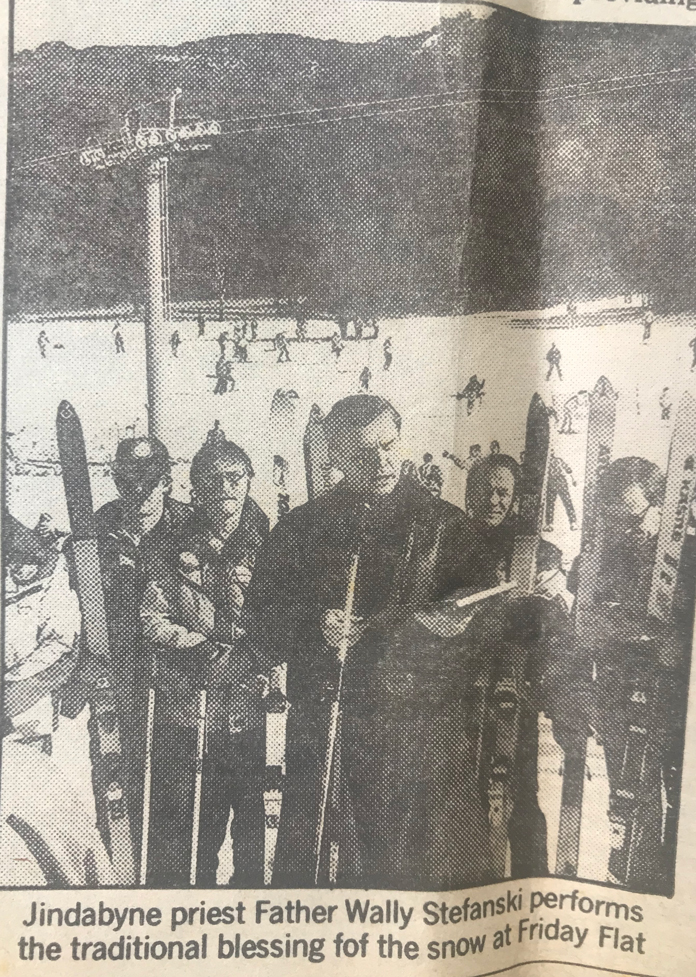
What about ski pass costs relative to income?
In May 1991 Full Time Adult Average Weekly Earnings according to the ABS were $591.70 (no surprise ladies, it was less for you and more for the lads).
Flash forward to today and $1,767.20 is the equivalent figure.
So you could buy 12 day passes for a week’s average earnings in 1991, and 10.5 passes today.
Which leaves us as still being more expensive, but not nearly so much.
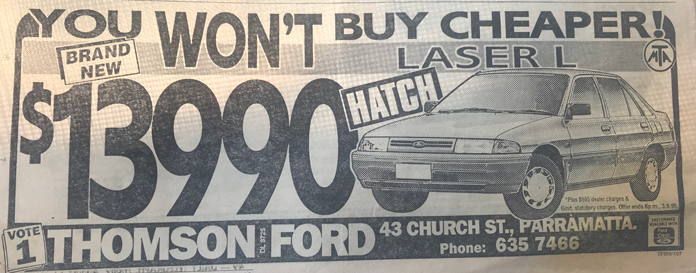
The Laser L – basic, but effective 
Toiday’s city to snow small /suvs ike the Ford Puma are much schmicker
Ski passes relative to other major costs?
You want the good news or the bad news first?
Let’s go with the good. Flicking through the old newspaper pages I found an ad for a new Ford Laser for $13,670 plus on roads. Today you can pick up a variety of hatches for under $20,000 still – some not too bad, and all with way more basic equipment than the old Laser.
We spent our ski column years – 15 seasons from 1990 – often day tripping twice a week from Canberra to the snow, mostly in our beloved Corolla 4WD wagon, which was really the precursor to the host of small SUVs dominating sales charts now. They were $25,000 or so new. We got ours with 50,000km and drove 300,000 more in it. Turbo to overtake was turning off the heater fan, but otherwise it rocked.
Today you can pick up the like of a Ford Puma (Drive’s small SUV of the Year) from $32,000 or so. So cars – the second biggest purchase most of us make in a lifetime – have definitely got cheaper.
Now the bad news. Of course the biggest purchase most of us make – or used to anyway – is a house.
Back in 1991 the average Sydney house price was $182,000. Or $352,000 inflation adjusted. Versus today (well, yesterday – it’s more now!) $1,230,000.
So that’s 3,714 day passes to buy a median price Sydney house in 1991 versus 7,278 day passes to buy one now.
Which is the worst comparison of all. But, mortgage interest rates peaked at 17% in 1990, vs 2% or so now.
Overall on most comparisons day passes are more expensive, season passes cheaper, but either way borrowing to go skiing (at mortage rates, not credit cards!) is cheaper than those good old days. Not likely a good long term plan though!
To close, wouldn’t mind finding a $499 5 nights + 5 days all lifts skiing at Perisher this winter ..
